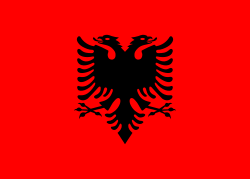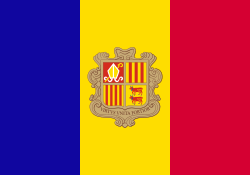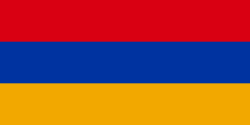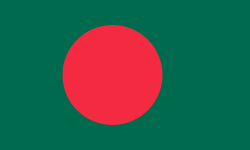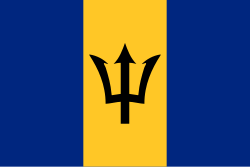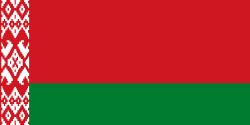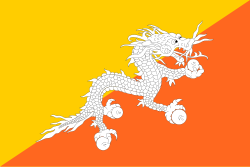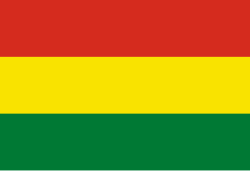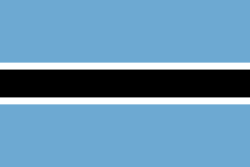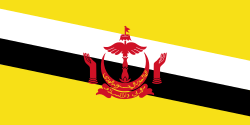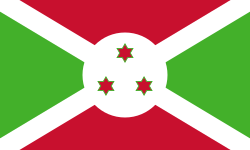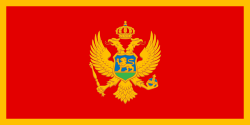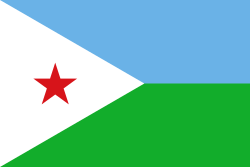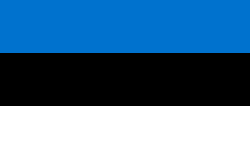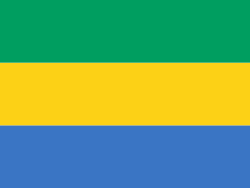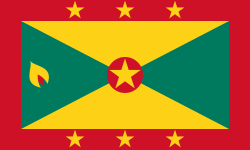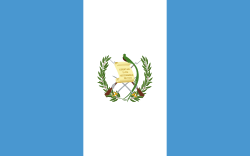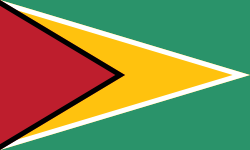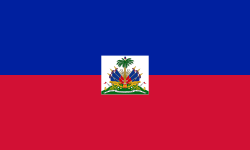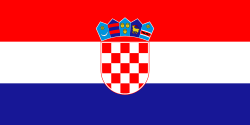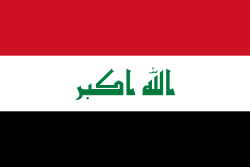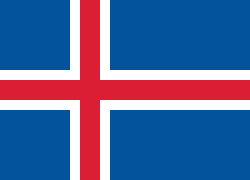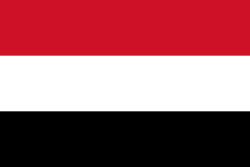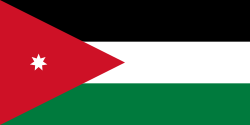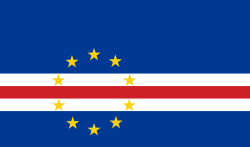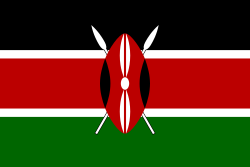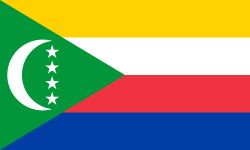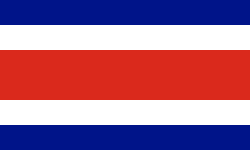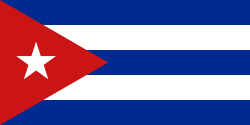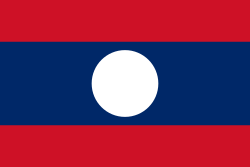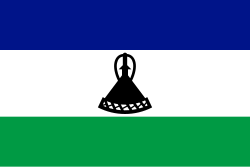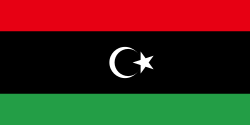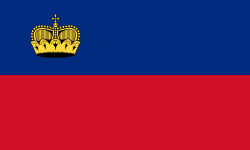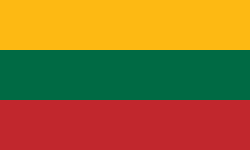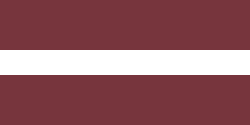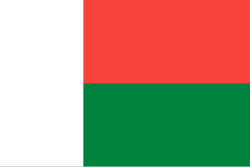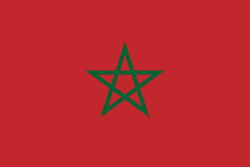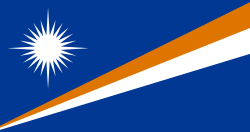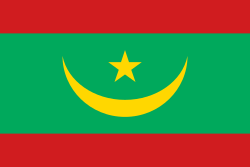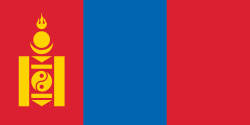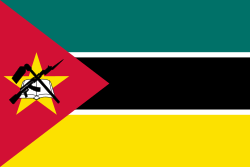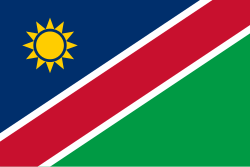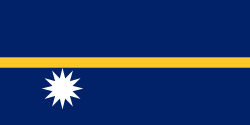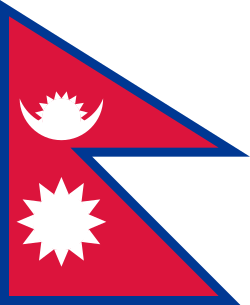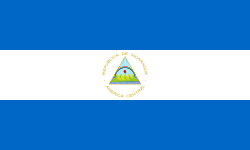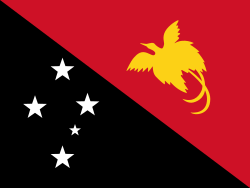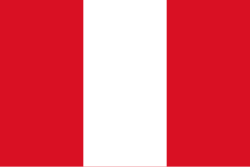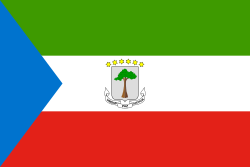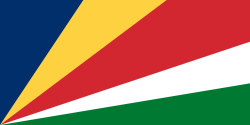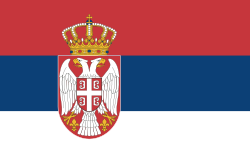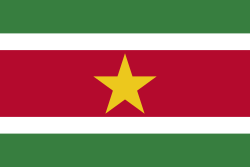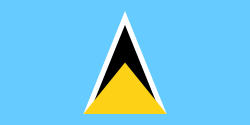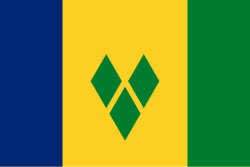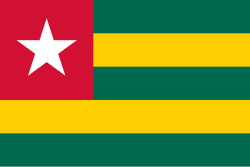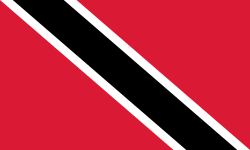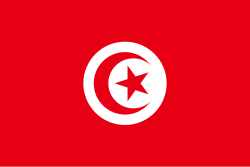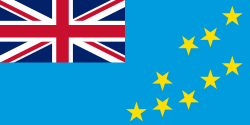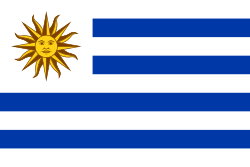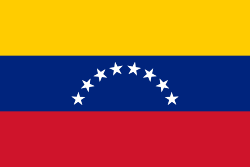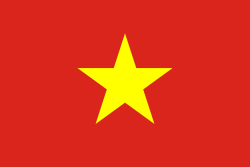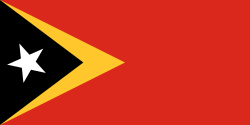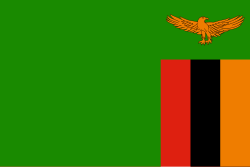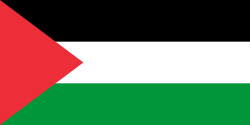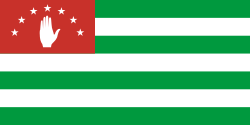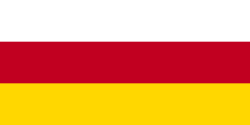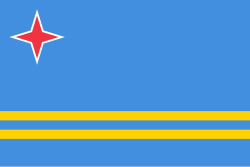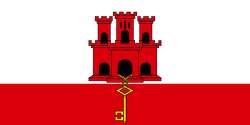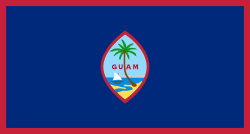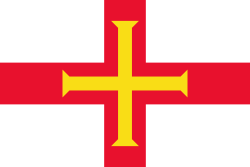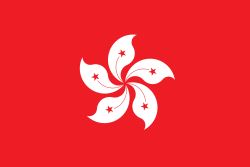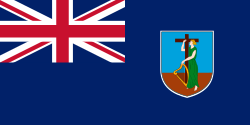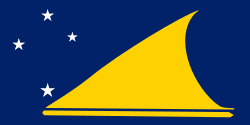Seznam měn





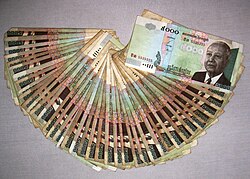
Tento seznam měn, kterými se platí v jednotlivých zemích světa, je platný k 1. lednu 2023.[1] Uváděné kódy měny definuje mezinárodní norma ISO 4217.
Členské státy OSN
Seznam měn používaných ve 193 státech, které jsou členy Organizace spojených národů + Vatikán, který není členem OSN, ale OSN ho uznává.
| Stát | Název měny | Kód měny | Kontinent | Nárokující stát | Poznámka |
|---|---|---|---|---|---|
| Tchajwanský dolar | TWD | Asie | Čína | členem OSN není od roku 1971, 25 států ho uznává, další státy s ním udržují alespoň hospodářské kontakty | |
| Euro | EUR | Evropa | Srbsko | Uznané nezanedbatelným počtem států, Srbsko ho stále považuje za svoji autonomní provincii | |
| Marocký dirham | MAD | Afrika | Maroko | De iure nezávislý stát, jehož nezávislost uznává nezanedbatelný počet jiných států, ale fakticky nezávislé není | |
| Izraelský šekel Jordánský dinár | ILS JOD | Asie | Izrael | De iure nezávislý stát, jehož nezávislost uznává nezanedbatelný počet jiných států, ale fakticky nezávislý není | |
| Abchazský apsar Ruský rubl | - RUB | Asie | Gruzie | Celosvětově uznávaná několika státy, ale de facto nezávislá | |
| Ruský rubl | RUB | Asie | Gruzie | Celosvětově uznávaná několika státy, ale de facto nezávislá | |
| Podněsterský rubl | - | Evropa | Moldavsko | Celosvětově nikým uznávaný stát, ale de facto nezávislý | |
| Somalilandský šilink | - | Afrika | Somálsko | Celosvětově nikým uznávaný stát, ale de facto nezávislý | |
| Turecká lira | YLT | Asie | Kypr | Celosvětově uznávaný jen Tureckem, ale de facto nezávislý |
Závislá území, teritoria, správní oblasti
Tento přehled zahrnuje jen ta závislá území, která jsou trvale obydlená. Kompletní seznam veškerých závislých území najdete v Seznam závislých území.
Odkazy
Poznámky
- ↑ Naprostá aktuálnost seznam používaných měn nemusí být vzhledem k dynamickým změnám stoprocentní.
- ↑ Kódy měn zemí. www.iban.cz [online]. IBAN [cit. 2022-03-29]. Dostupné online.
- ↑ a b Oficiálním platidlem Ekvádoru i Východního Timoru je americký dolar, v oběhu jsou však i ekvádorské a východotimorské místní mince
- ↑ a b Kiribati a Tuvalu používají australský dolar, ale souběžně používají svoje místní měny, které jsou pevně navázány na australský dolar a nemají vlastní ISO kód
- ↑ Cookovy ostrovy používají novozélandský dolar, ale souběžně používají svoji místní měnu, která je pevně navázána na novozélandský dolar a nemá vlastní ISO kód
- ↑ Faerské ostrovy používají dánskou korunu, ale souběžně používají svoji místní měnu, která je pevně navázána na dánskou korunu a nemá vlastní ISO kód
- ↑ a b c Britská korunní závislá území používají britskou libru, ale souběžně používají vlastní měny, které jsou pevně navázány na britskou libru a nemají vlastní ISO kód
Související články
- Seznam měn Evropy
- Seznam měn Afriky
- Seznam měn Asie
- Seznam měn Austrálie a Oceánie
- Seznam měn Ameriky
- Seznam měn s pevným směnným kurzem
Externí odkazy
- Platné kódy měn na stránkách www.iso.org (anglicky)
Média použitá na této stránce
Vlajka Angoly
Flag of Australia, when congruence with this colour chart is required (i.e. when a "less bright" version is needed).
See Flag of Australia.svg for main file information.This is the national flag of Belgium, according to the Official Guide to Belgian Protocol. It has a 13:15 aspect ratio, though it is rarely seen in this ratio.
Its colours are defined as Pantone black, Pantone yellow 115, and Pantone red 032; also given as CMYK 0,0,0,100; 0,8.5,79,0; and 0,94,87,0.| Flag of Bolivia* | |
|---|---|
| country | Template:I18n/Republic of Bolivia |
| used by | Bolivia |
| from | 1851 |
| until | Present |
| created by | Government of Bolivia |
| format | 15:22 |
| shape | rectangular |
| colours | červená, žlutá, zelená
flag has 3 horizontal stripes |
| other characteristics | A horizontal tricolor of red, yellow and green. |
Flag of Burkina Faso
Vlajka České republiky. Podoba státní vlajky České republiky je definována zákonem České národní rady č. 3/1993 Sb., o státních symbolech České republiky, přijatým 17. prosince 1992 a který nabyl účinnosti 1. ledna 1993, kdy rozdělením České a Slovenské Federativní republiky vznikla samostatná Česká republika. Vlajka je popsána v § 4 takto: „Státní vlajka České republiky se skládá z horního pruhu bílého a dolního pruhu červeného, mezi něž je vsunut žerďový modrý klín do poloviny délky vlajky. Poměr šířky k její délce je 2 : 3.“
The flag of the Dominican Republic has a centered white cross that extends to the edges. This emblem is similar to the flag design and shows a bible, a cross of gold and 6 Dominican flags. There are branches of olive and palm around the shield and above on the ribbon is the motto "Dios,Patria!, Libertad" ("God, Country, Freedom") and to amiable freedom. The blue is said to stand for liberty, red for the fire and blood of the independence struggle and the white cross symbolized that God has not forgotten his people. "Republica Dominicana". The Dominican flag was designed by Juan Pablo Duarte, father of the national Independence of Dominican Republic. The first dominican flag was sewn by a young lady named Concepción Bona, who lived across the street of El Baluarte, monument where the patriots gathered to fight for the independence, the night of February 27th, 1844. Concepción Bona was helped by her first cousin María de Jesús Pina.
The flag of the Dominican Republic has a centered white cross that extends to the edges. This emblem is similar to the flag design and shows a bible, a cross of gold and 6 Dominican flags. There are branches of olive and palm around the shield and above on the ribbon is the motto "Dios,Patria!, Libertad" ("God, Country, Freedom") and to amiable freedom. The blue is said to stand for liberty, red for the fire and blood of the independence struggle and the white cross symbolized that God has not forgotten his people. "Republica Dominicana". The Dominican flag was designed by Juan Pablo Duarte, father of the national Independence of Dominican Republic. The first dominican flag was sewn by a young lady named Concepción Bona, who lived across the street of El Baluarte, monument where the patriots gathered to fight for the independence, the night of February 27th, 1844. Concepción Bona was helped by her first cousin María de Jesús Pina.
Vlajka Etiopie
Finská vlajka
Georgian flag in Pantone MS.
The national and official state flag of Haiti; arms obtained from File:Coat of arms of Haiti.svg. The civil flag can be found at here.
Note: The color selected is «turquoise blue» (the color mentioned in the decree), as defined by Pantone.
Při zobrazení tohoto souboru lze snadno přidat orámování
Při zobrazení tohoto souboru lze snadno přidat orámování
bendera Indonesia
Flag of Iran. The tricolor flag was introduced in 1906, but after the Islamic Revolution of 1979 the Arabic words 'Allahu akbar' ('God is great'), written in the Kufic script of the Qur'an and repeated 22 times, were added to the red and green strips where they border the white central strip and in the middle is the emblem of Iran (which is a stylized Persian alphabet of the Arabic word Allah ("God")).
The official ISIRI standard (translation at FotW) gives two slightly different methods of construction for the flag: a compass-and-straightedge construction used for File:Flag of Iran (official).svg, and a "simplified" construction sheet with rational numbers used for this file.
Zelený pruh má znázorňovat většinové katolické obyvatelsto Irska, oranžový pruh reprezentuje protestantskou menšinu a bílý pruh uprostřed znázorňuje mír a harmonii mezi nimi.
The Flag of Iceland.
- Horizontal aspect ratio: 7:1:2:1:14;
- Vertical aspect ratio: 7:1:2:1:7.
Flag of Jamaica. “The sunshine, the land is green, and the people are strong and bold” is the symbolism of the colours of the flag. GOLD represents the natural wealth and beauty of sunlight; GREEN represents hope and agricultural resources; BLACK represents the strength and creativity of the people. The original symbolism, however, was "Hardships there are, but the land is green, and the sun shineth", where BLACK represented the hardships being faced.
Used color: National flag | South African Government and Pantone Color Picker
| zelená | rendered as RGB 0 119 73 | Pantone 3415 C |
| žlutá | rendered as RGB 255 184 28 | Pantone 1235 C |
| červená | rendered as RGB 224 60 49 | Pantone 179 C |
| modrá | rendered as RGB 0 20 137 | Pantone Reflex Blue C |
| bílá | rendered as RGB 255 255 255 | |
| černá | rendered as RGB 0 0 0 |
Flag of Canada introduced in 1965, using Pantone colors. This design replaced the Canadian Red Ensign design.
Flag of Laos
Flag of Liechtenstein
Flag of Maldives. The colours used are Pantone 186 C for red and Pantone 348 C for green.
Flag of Mauritania, adopted in 2017. The National Assembly added red stripes to the top and bottom edges to represent “the blood shed by the martyrs of independence”.
Flag of Namibia
The national flag of Nauru. Pantone 280c (Blue) and Pantone 123c (Yellow). On Pantone's official website these colours have the hexadecimal codes of #012169 and #FFC72C.
Flag of the Ivory Coast, written by Jon Harald Søby, modified by Zscout370. The colors match to what is reported at http://fotw.vexillum.com/flags/ci.html.
Flag of Portugal, created by Columbano Bordalo Pinheiro (1857-1929), officially adopted by Portuguese government in June 30th 1911 (in use since about November 1910).
Flag of Rwanda. The flag ratio is 2:3 with the stripes being 2:1:1. Colors are the following officially: Pantone 299 C 2X (blue), RAL 6029 (green), RAL 1023 (yellow) and RAL 1003 (golden yellow). (As of 03/08/2010, the only color used is the Pantone 299 C, which is from here. The rest of the colors are RAL shades from here.)
Flag of Senegal
The proportions of this flag are 3:2; however, there is no official definition for the correct proportions and also 5:3 is widely used.
Flag of São Tomé and Príncipe
Při zobrazení tohoto souboru lze snadno přidat orámování
The national flag of Kingdom of Thailand; there are total of 3 colours:
- Red represents the blood spilt to protect Thailand’s independence and often more simply described as representing the nation.
- White represents the religion of Buddhism, the predominant religion of the nation
- Blue represents the monarchy of the nation, which is recognised as the centre of Thai hearts.
Flag of Togo. Aspect ratio modified for projects that require an aspect ratio of 3:2.
The Flag of Vatican City State, as per the 2023 w:en:Fundamental Law of Vatican City State, reproducing Annex A which contains the official depiction of this version. See 2023 Fundamental Law of Vatican City State, art. 23, n. 1.
This 2023 flag is very similar to the flag used in the 1929 Fundamental Law of Vatican City State, see here, p. 35. Thus, it is in the public domain.
The Flag of Vatican City State, as per the 2023 w:en:Fundamental Law of Vatican City State, reproducing Annex A which contains the official depiction of this version. See 2023 Fundamental Law of Vatican City State, art. 23, n. 1.
This 2023 flag is very similar to the flag used in the 1929 Fundamental Law of Vatican City State, see here, p. 35. Thus, it is in the public domain.
Flag of Abkhazia
Flag of Anguilla, adopted on 30 May 1990 and modified slightly on 25 January 1999.
The flag of Aruba
The flag of Curaçao is a blue field with a horizontal yellow stripe slightly below the midline and two white, five-pointed stars in the canton. The geometry and colors are according to the description at Flags of the World.
Flag of Gibraltar
The flag of Guam, courtesy an e-mail from the author of xrmap. Modifications by Denelson83.
Flago de la Kokosinsuloj, uzo ne oficiala
Drapeaux de la France et de la Nouvelle-Calédonie côte-à-côte.
The flag of the Pitcairn Islands, arms courtesy an e-mail from the author of xrmap and the Blue Ensign from Image:Government Ensign of the United Kingdom.svg
Flag of the Turks and Caicos Islands
20 лари
1.000 leke
200 000 Cambodian Riel (about 50 US$)
Flag of the Pridnestrovian Moldavian Republic (Pridnestrovie, Transdniestria, Transnistria). The flag's reverse omits the hammer and sickle
Drapeaux de la France et de la Nouvelle-Calédonie côte-à-côte.

